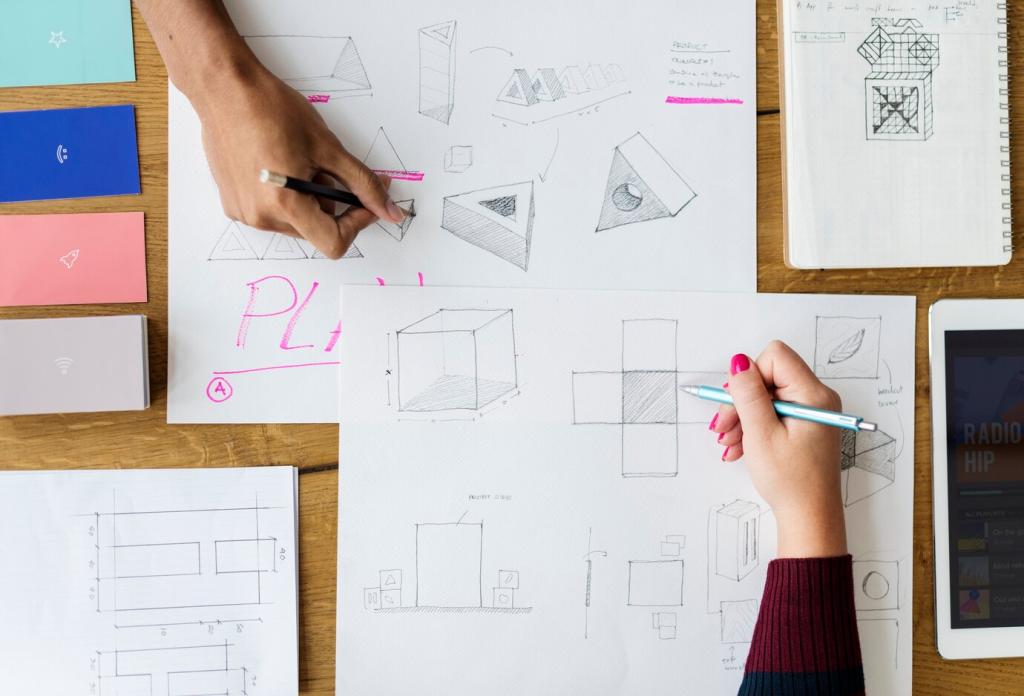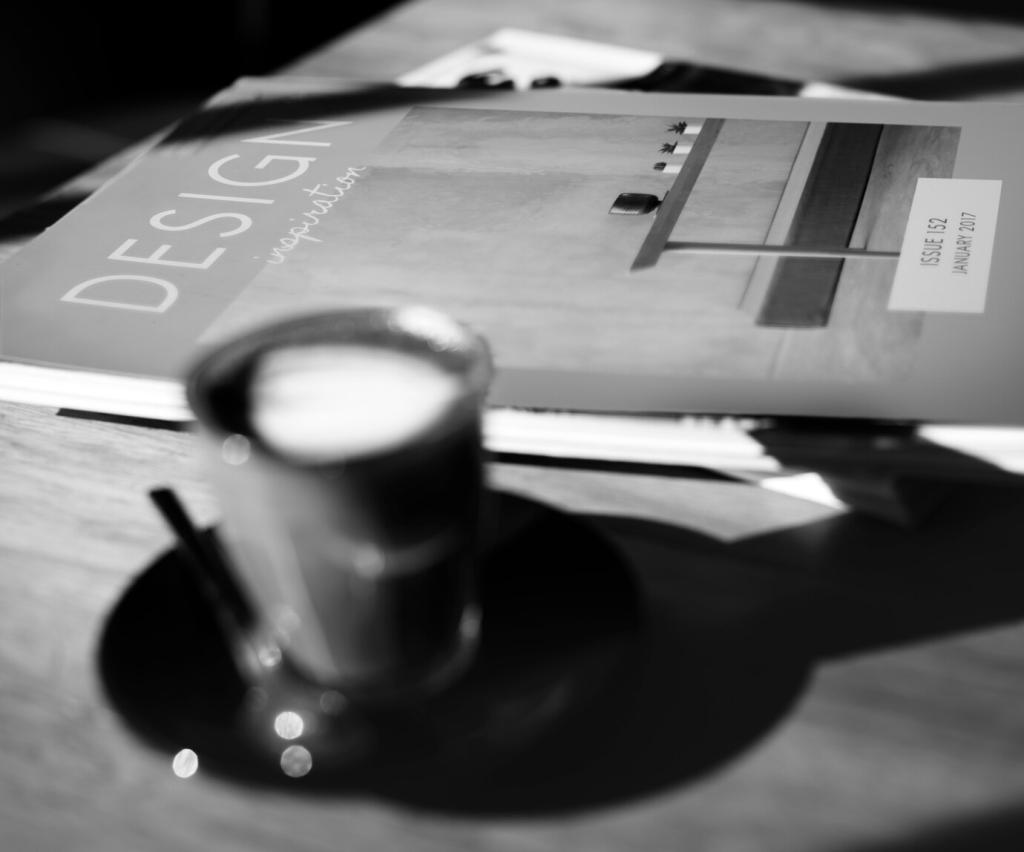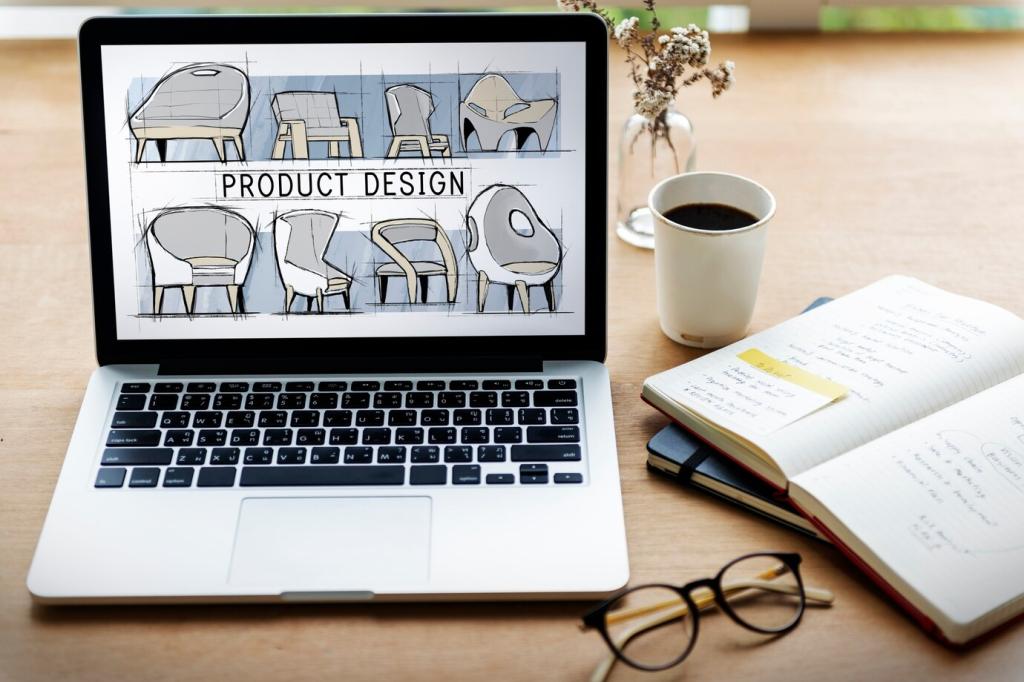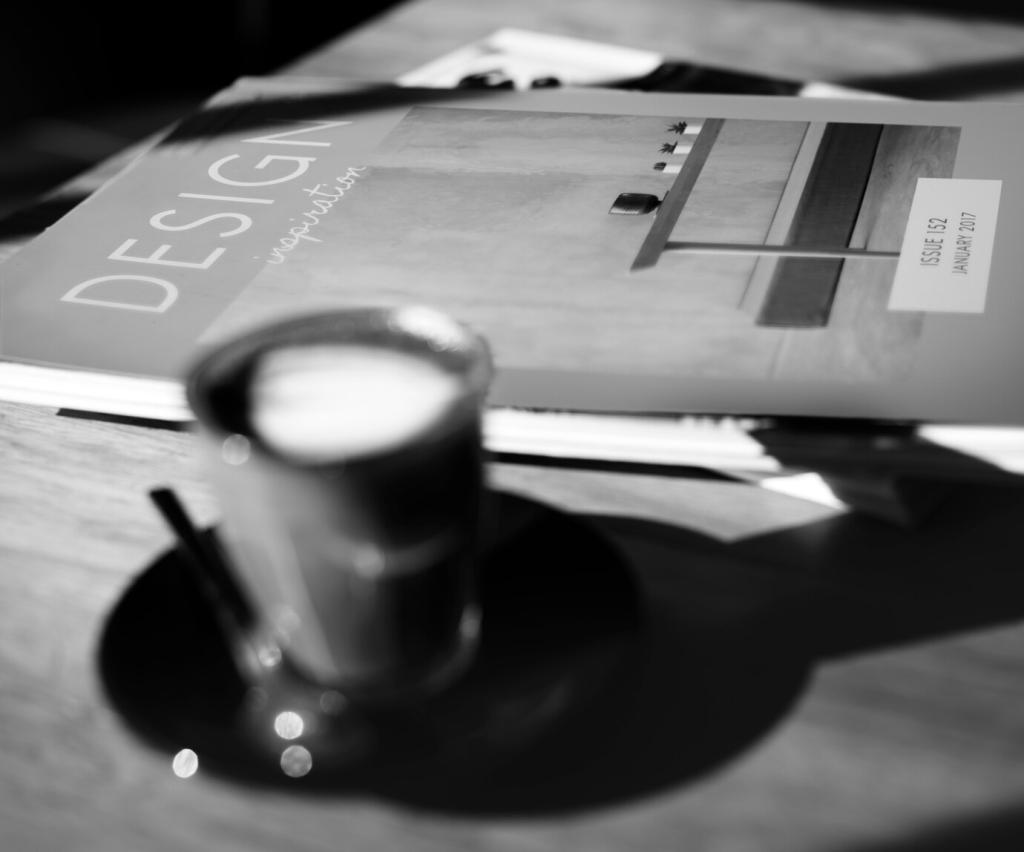Onboarding, Permissions, and Trust
Teach features when they are relevant, not all at once. Replace long tours with contextual tips tied to real tasks. Keep exits obvious and disruptions minimal. Which trigger-based tips boosted adoption in your app? Comment with retention metrics if you can share them safely.
Onboarding, Permissions, and Trust
Ask only when value is clear. Preempt with a short, human explanation that connects permission to a tangible benefit. Offer alternatives for users who decline. What wording improved opt-in rates without pressure? Share your phrasing so we can compile a permission copy toolkit together.
Onboarding, Permissions, and Trust
Be explicit about data use, storage, and control. Provide simple settings, granular toggles, and clear withdrawal paths. Communicate changes in plain language. If you have a pattern that balances personalization with privacy, tell us about it, and subscribe for more trust-building frameworks.









